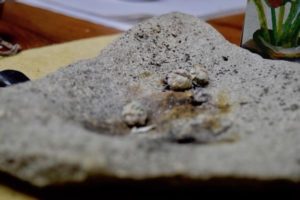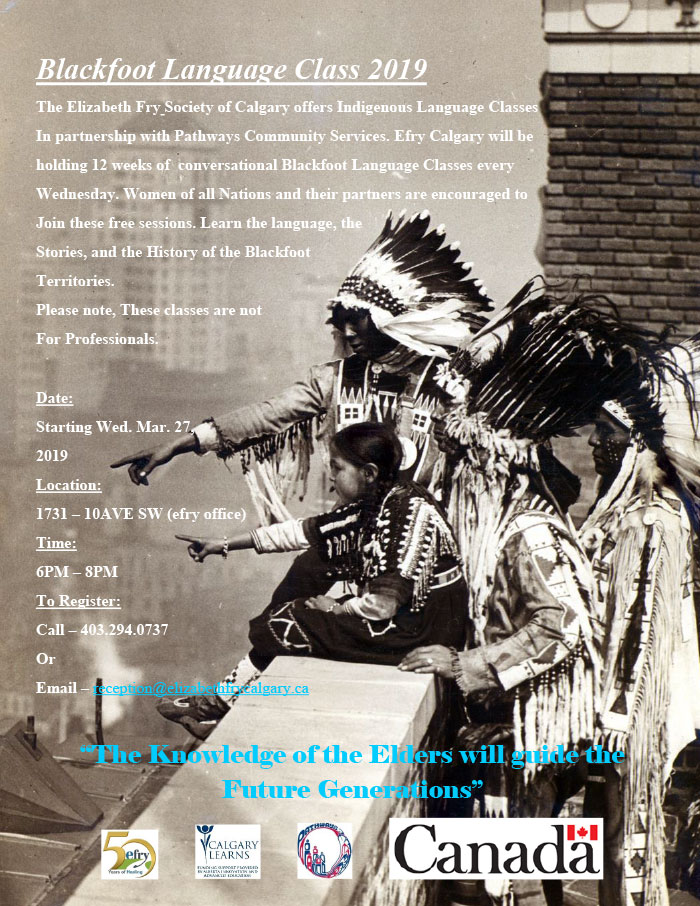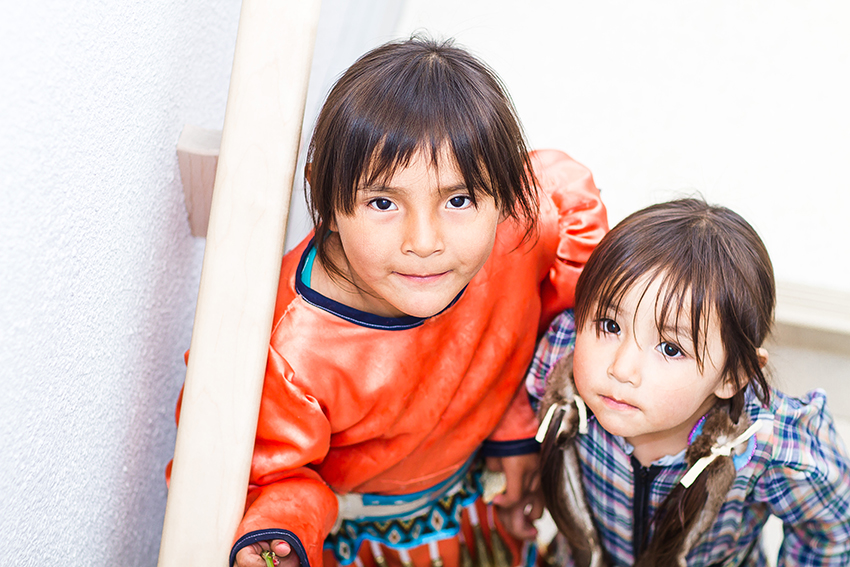Honouring Our Voices Gathering: Message From The Executive Director
March 28, 2019 | Blog, News
On February 28-March 2, 2019, Elizabeth Fry Society of Calgary in partnership with Pathways Community Services Association – Miskanawah, Boys and Girls Club of Calgary, Sunrise Healing Lodge, YW Calgary and the White Buffalo Parent Link Centre with Siksika Family Services welcomed over three hundred family members from communities across Southern Alberta to the Honouring our Voices – Healing Gathering for Families of Murdered and Missing Loved Ones.
We were honoured to have ceremonies commenced by the women of the Stand-up Head Dress Society of the Blackfoot Confederacy, and a pipe ceremony conducted by Elder Dila Provost Houle and her son Councillor Riel Houle. A sacred fire began at 4pm on Thursday, February 28, 2019 and was kept alit until the final closing ceremonies on Saturday, March 2, 2019.
Throughout the 3 days, families engaged in healing ceremonies including the Tea Dance Ceremony with Dr. Reg Crowshoe and 18 of our community Elders and Knowledge Keepers, as well as blessings and emotional support from many of our Elders to assist them along the path of healing. In addition, psychotherapist, Metis Elder Kerrie Moore provided therapeutic support for those families experiencing distress.
To celebrate healing, Rod Hunter with Eya-Hey Nakoda and Darcy Turning Robe with Sorrel Rider Singers provided an evening of fun and dancing in a round dance .
Powerful presentations were facilitated by Bernadette Smith, whose personal experience of her missing sister, Nahanni Fontaine who shared her personal story, and Savvy Simon whose voice of positivity provided the families with courage to face their grief. On the final day, a panel of family members told their stories of healing and hope for those struggling with their losses.
While parents were spending time focused in ceremony and support, the children and youth were also engaged in on their own healing journey respectively with Shirley Hill and Dwight Farahat. “I am…” is an original poem written and performed by the youth in attendance during the gathering.
The Elizabeth Fry Society of Calgary would like to thank Lowa Beebe for dedicating her time as Master of Ceremonies, our funders Calgary Foundation, Calgary Homeless Foundation, Justice Canada – Murdered and Missing Indigenous Women for their generous support of this gathering. In addition to our partners, volunteers, presenters and performers, staff and those Elders and Knowledge Keepers who exhibited their commitment and compassion to the families of murdered and missing loved ones.
Katelyn Lucas
Executive Director
 As a non-Indigenous person, I was wondering about smudging and what the Indigenous teachings were on this practice. Since Indigenous cultures are very diverse, the teachings vary between each culture. For this article, Barbara, the Indigenous Program Coordinator at the Elizabeth Fry Society of Calgary shared her story about smudging based on her teachings.
As a non-Indigenous person, I was wondering about smudging and what the Indigenous teachings were on this practice. Since Indigenous cultures are very diverse, the teachings vary between each culture. For this article, Barbara, the Indigenous Program Coordinator at the Elizabeth Fry Society of Calgary shared her story about smudging based on her teachings. 



